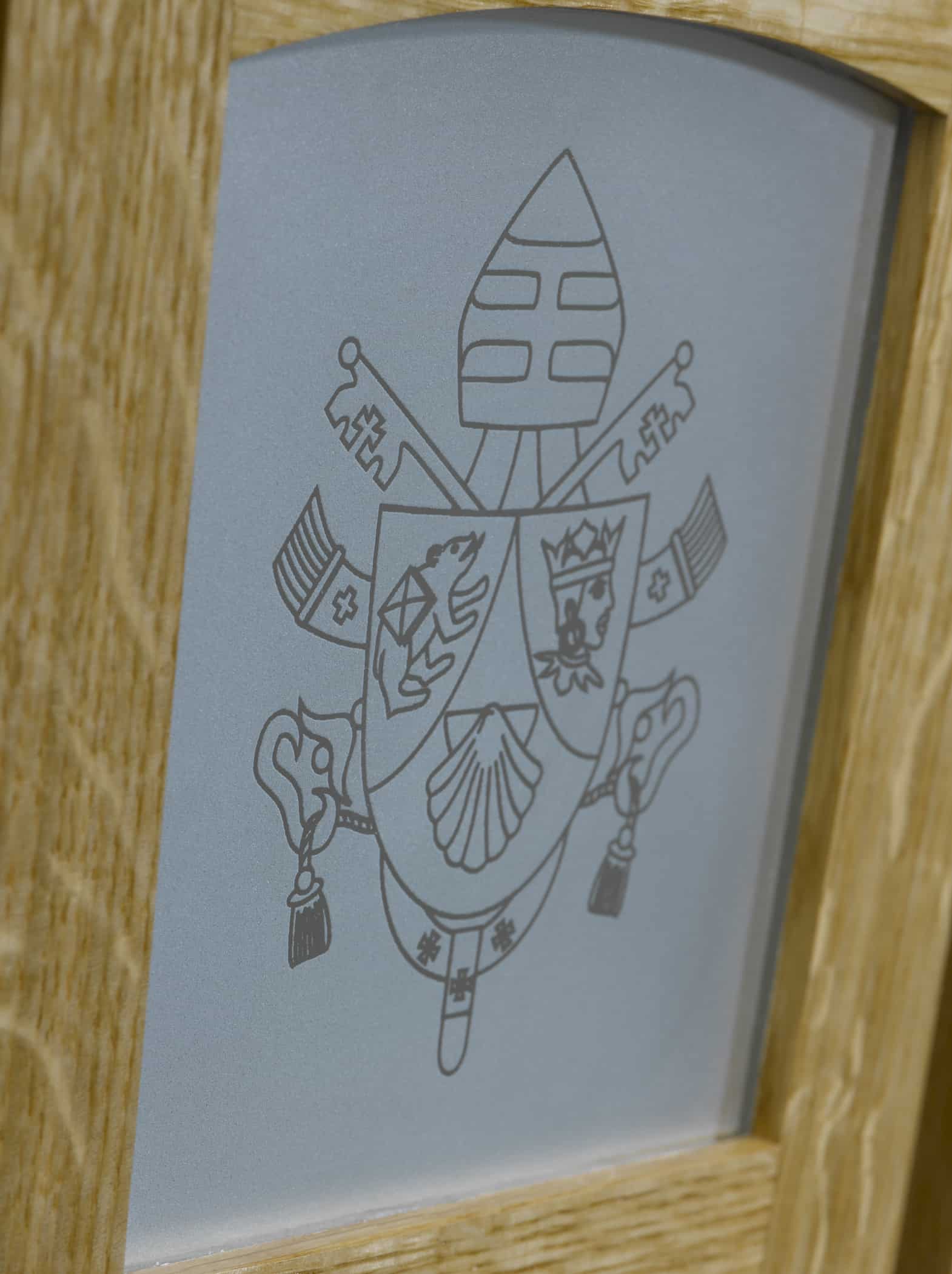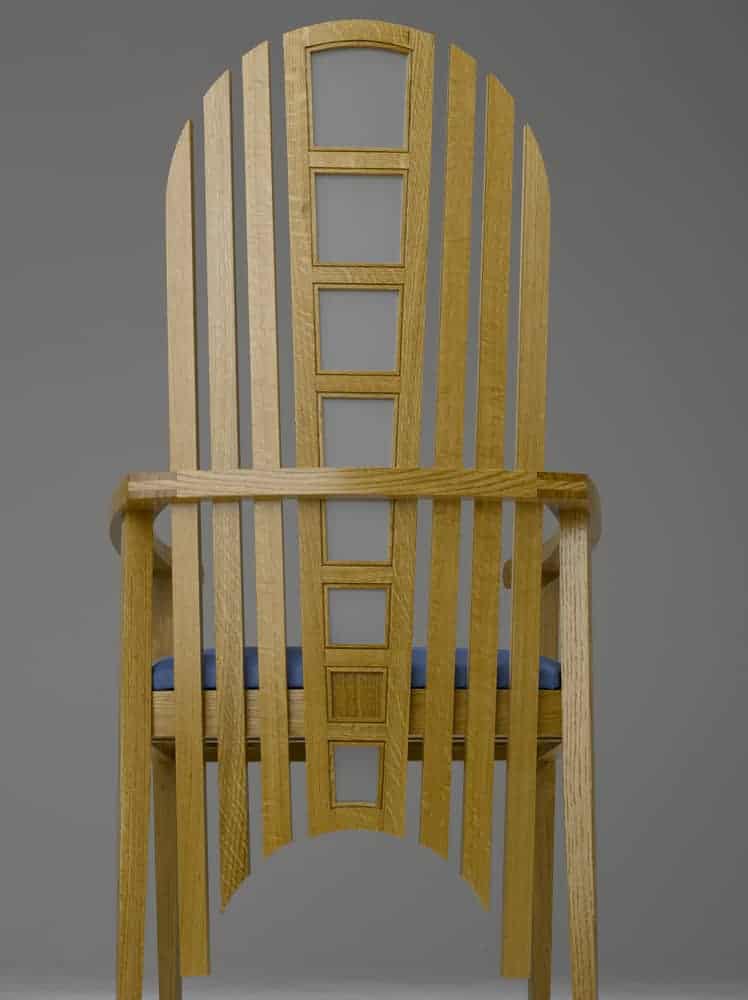Being only the second Papal visit to Britain by the head of the Catholic Church in more than 500 years, (the last being over a quarter of a century ago), much was made of Pope Benedict’s four- day visit to Britain in September 2010. Yet despite his many public engagements, understandably little came into the public domain about the Pontiff’s seclusion whilst here in the UK. However, following kind permission from the Papal Nuncio, in Wimbledon, we are able to provide details of our involvement with this momentous visit.
During Pope Benedict XVI’s visit, The Holy Father resided with his envoy to Britain at the Apostolic Nunciature in Wimbledon, London. Whilst in residence he would regularly conduct prayer and it was for these occasions, that N.E.J. Stevenson was commissioned to design and manufacture bespoke pieces for his use during the visit.




Given a fairly open design brief, we were asked to produce six contemporary pieces, an altar, lectern, tabernacle stand, two Server chairs and the Celebrants chair which were to be used in a traditional setting. Three separate schemes were proposed for each item of furniture, settling on one that reflected The Holy Father’s personal taste in furniture. The chosen scheme was then refined by and presented for final approval by the use of photo realistic CAD renders.
The majority of the material was Forest Stewardship Council (FSC) European Oak a timber that has a natural appearance and possesses great durability, making it ideal for quality joinery applications of this type. To complete the appearance inlaid lines of Ebony were used and etched into the glass were the arms of the Vatican on the front panels, the arms of the Knights of Malta on the altar side panels and Pope Benedict’s arms on the Celebrant’s chair.
There were a number of technical challenges to overcome in making the chairs structurally robust with a floating slatted back. This was resolved by connecting the chair arms with an additional dovetailed section across the back which formed a structural brace.